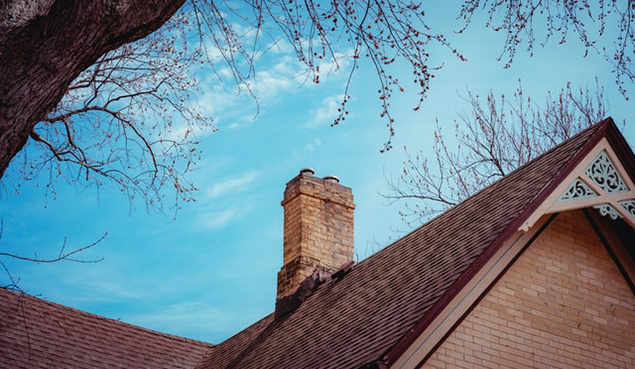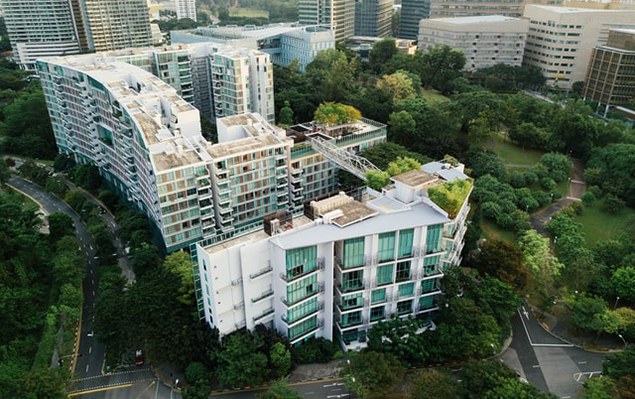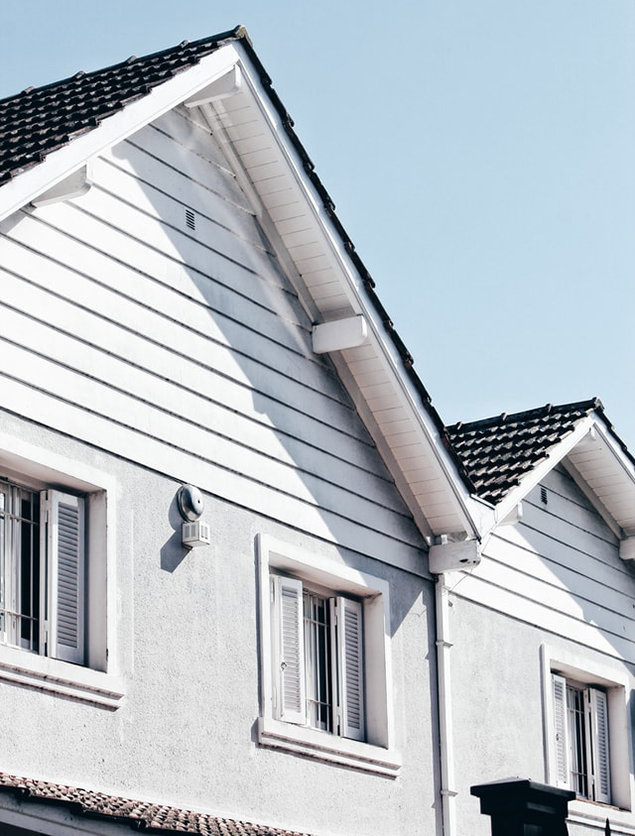Differences Between Commercial and Residential Roofs
Every roof is basically the same, right? Not quite. Commercial and residential roofs are different in several important ways.
Different kinds of buildings need different kinds of roofs. The process of designing, installing, and maintaining a roof for a commercial building is very different from the process for residential roofs. They require different materials, and they often come with different warranties. Perhaps most important of all, they each require their own sets of skills and expertise.
Before you hire a roofing professional, you should take a moment to learn about five key differences between residential and commercial roofs.
Design
Commercial and residential roofs serve the same basic function: to keep the elements out of their buildings. Beyond that, though, they can serve some very different functions. The design of the two kinds of roofs reflects this.

Photo by Alex Simpson on Unsplash
On average, commercial buildings are larger than residential ones. Commercial roofs also tend to serve more functions. While a residential roof might have a chimney and a few assorted pipes and vents, commercial buildings often have air conditioning and other equipment on their roofs, along with much larger vents and air ducts. They might also have other exhaust stacks, depending on the building’s use.
Commercial roofs must be able to bear more weight, both because of the larger size of commercial buildings and these additional functions. Residential roofs have much higher pitches (slopes), while commercial roofs often have no pitch at all.
Some notable exceptions exist, of course. “Residential” property technically includes large apartment and condominium buildings, which usually have flat, functional roofs. Many cities have rezoned residential houses in certain areas for commercial use as office buildings. In the area just west of downtown Austin for example, many lawyers have offices in old houses near the courthouse. While these are technically commercial buildings, they have the more decorative roofs of residential properties.

Photo by CHUTTERSNAP on Unsplash
Materials
Because they serve different functions and have different designs, commercial and residential roofs require different materials. While residential roofs can have a wide variety of looks, nearly all use lumber, plywood, and underlayment. The differences among residential roofs are usually in the outermost layer, such as asphalt shingles or slate tiles.
The materials commonly used in residential roofs would not work well in a flat commercial roof, especially one that must bear the weight of an HVAC system or other equipment. Lumber and plywood are not strong enough to support most commercial roofs, so they often use concrete or steel. Commercial roof decks could use wood, steel, PVC, or various other materials. The outer layer of a flat commercial roof might include modified bitumen or gravel.
Installation
Installing a residential roof tends to go much faster than commercial roofs. Compared to commercial roof installation, residential roofs might only require a few types of materials based on fairly standard designs. A skilled roofing professional can install a residential roof within a day or two.
The amount of time needed to install a commercial roof will depend on the size and purpose of the building. An office building will have different needs than a factory, for example. A roof for a larger commercial building might take longer than one for a smaller building, although even small commercial buildings can present complicated roofing issues.
Maintenance
Repairs and maintenance on residential roofs tend to involve localized problems such as a leak or a broken shingle. Localized problems usually require localized solutions. Fixing a leak might mean replacing some shingles or reattaching some flashing. Problems that require extensive repairs to an entire residential roof are rare.

Photo by Julián Gentilezza on Unsplash
When a commercial roof has a leak, it could affect every part of the roof. The repair might only involve one section, but a roofing professional won’t know that until they have examined the entire roof.
Cost
Finally, commercial roofs tend to cost more than residential ones. The reasons for this are probably clear by now: commercial roofs are usually bigger, more complex, and in need of more thorough maintenance.
Expertise in Commercial and Residential Roofing
The experienced roofing professionals at RoofCrafters provide unmatched workmanship and service in the greater Austin area. Contact us now to schedule a free roof inspection!
